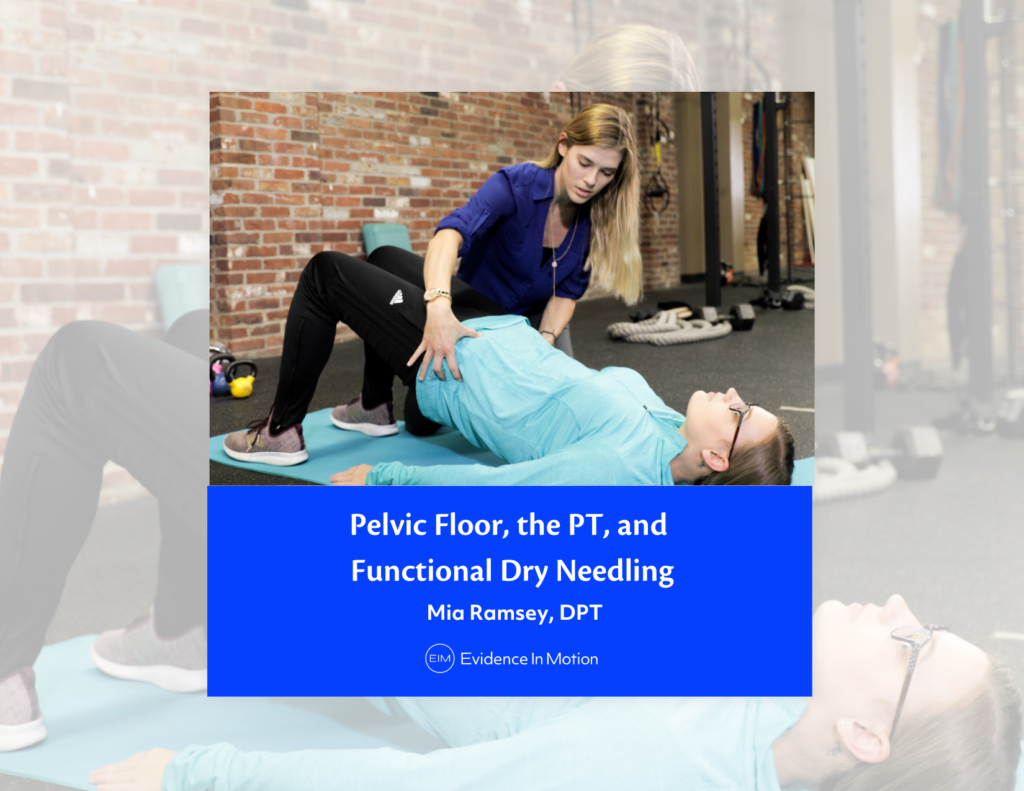
Looking back on more than 20 years as a Physical Therapist gives me a great appreciation for the zigs and zags that lead me to this moment in my career. One of the “zigs” in my career as a Physical Therapist was when I first started focusing on treatment of patients who were in prenatal and postpartum phases of life. At this point, I had been practicing physical therapy for 7 or 8 years. The journey of becoming a mother was so incredibly life-changing and life-affirming for me, but I personally had some physical difficulties during those periods that interfered with the joy I felt at becoming a new mother. I had severe pubic symphysis dysfunction with my first pregnancy and I was on strict bed rest for 12 weeks with my second pregnancy. The bed rest brought about significant back pain, hip pain, and SI joint pain. I developed deep empathy for people going through similar situations and great satisfaction in helping them through those challenging and deeply emotional times.
Shortly after I began focusing on treating these patient populations, I was introduced to dry needling – my next “zag”. I soon discovered that dry needling provided a key to unlocking musculoskeletal dysfunction in a way that was unmatched. After a couple years of practicing and teaching dry needling, I realized that its impact went much deeper than just a muscular “release” and that it was a valuable tool to establish a neuromuscular reset that allowed me to impact patients in a whole new way.
Treating individuals with pelvic floor diagnoses and other musculoskeletal diagnoses that come along with being pregnant or postpartum has some specific challenges. During pregnancy, a woman’s body can change incredibly quickly from one week to the next. This requires constant reassessment and often a quick change in the plan of care. Dry needling is a tool that assists these patients with the quick reset they need to get back on track and keep up with the changes that are occurring in her body. When dry needling is applied to the correct tissues, the impact and changes are immediate. This helps to ensure that that the clinician is on the right track with their diagnosis.
In the postpartum phase, a mom is quickly transitioned into a marathon of caretaking and often has very little time to care for herself. Dry needling can provide somewhat of a step stool to help her climb that hill of recovery a little more efficiently. It provides incredible biofeedback to parts of her body that have been through a daunting physical journey and need a little jump-start to remember their role in bodily functions and movement.
It is a gift be able to help abate discomfort that comes with such a quickly changing body and help an expecting mom experience the joy that being pregnant can bring. Providing a reprieve from discomfort that comes along with her new role as a mom and to help her find her power again is something I will never tire of. Dry needling has played a critical role in helping me become the clinician I am. I am a better diagnostician, I am more precise with exercise prescription, and I am more confident with difficult cases. It has been so impactful in my career and so many of my patients’ lives. I always say – I COULD practice PT without dry needling – but I don’t wanna.